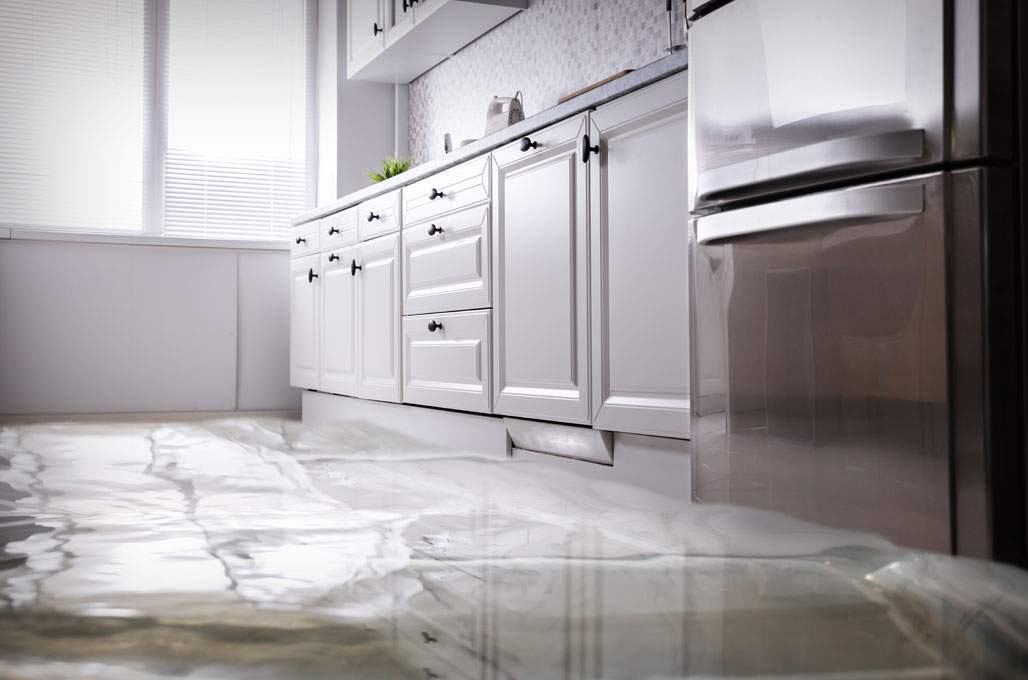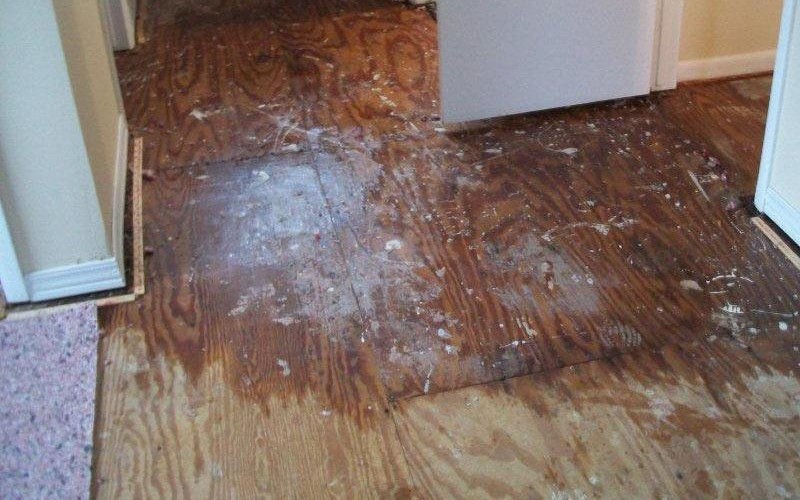Professional Water Damage Restoration for Homes and Businesses Near You
Wiki Article
The Process of Water Damage Cleaning: Guaranteeing Your Home Is Restored Efficiently
Water damages can be a difficult difficulty for homeowners, demanding a structured and careful cleaning procedure to bring back safety and security and capability. damage restoration services. Following this, efficient water removal methods play a critical duty in alleviating further injury.Evaluating the Damages
Upon finding water damages, the primary step is to completely analyze the degree of the influence. This preliminary analysis is important, as it helps figure out the necessary actions for reliable clean-up and reconstruction. Begin by examining the influenced areas, consisting of wall surfaces, ceilings, floors, and individual items, to determine the resource of the water breach, whether from flooding, leaks, or condensation.Recording the damages is important for both insurance policy claims and planning repair initiatives - damage restoration services. Usage photographs and written notes to catch the intensity of the damage, noting any type of damaged architectural elements and materials. Pay unique attention to areas that may not be immediately visible, such as behind wall surfaces and under rugs, as concealed wetness can cause additional complications, including mold growth
Furthermore, analyze the timeline of the water exposure. The longer the materials remain damp, the higher the capacity for damages. Understanding the period of direct exposure will certainly educate the urgency of remediation efforts. Eventually, a thorough analysis prepares for a successful water damage clean-up procedure, ensuring that all affected areas are addressed efficiently and completely.
Water Removal Methods

Specialists commonly utilize completely submersible pumps for bigger quantities of water, which can quickly minimize flooding in basements or various other impacted areas. For smaller sized quantities, wet/dry vacuums are often made use of to extract residual dampness from rugs and difficult surface areas. In addition, utilizing mobile extractors permits targeted elimination in confined spaces or locations with fragile products.
In circumstances of polluted water, such as sewer or floodwater, advanced removal techniques might entail making use of biohazard tools to guarantee safety and security and compliance with wellness policies. High-powered removal devices are important in minimizing water retention in structural products, which can lead to mold development and structural degeneration otherwise resolved immediately.
Eventually, the performance of water removal techniques plays a pivotal role in the total success of the water damage cleanup process, preparing for subsequent reconstruction efforts.
Drying and Dehumidification
Once standing water has actually been efficiently drawn out, the following critical phase in the water damages cleanup process is drying and dehumidification. This step is necessary to prevent further damage and mold and mildew development, which can happen within 24 to two days in moist atmospheres.To accomplish reliable drying out, specific devices such as industrial-grade air moving companies and dehumidifiers is utilized. Air moving companies circulate air across wet surface areas, enhancing evaporation rates, while dehumidifiers reduce humidity levels in the air, promoting a conducive environment for drying. The mix of these devices ensures that moisture is attracted out from floors, furnishings, and walls, enabling them to completely dry completely.
It is essential to keep an eye on the drying out process very closely. Specialists usually make use of wetness meters to assess the moisture web content in numerous materials, guaranteeing that all affected locations get to acceptable dryness degrees. This careful method helps to stop surprise wetness pockets that could lead to architectural damage or harmful mold and mildew growth.

Cleansing and Disinfecting
After the drying out and dehumidification phase is complete, the next damage restoration services vital step in water damage cleanup is cleansing and sterilizing the influenced areas. This procedure is important to stop the development of mold, germs, and various other microorganisms that grow in moist settings.The cleaning phase typically entails eliminating any particles, dirt, and contaminants from surfaces utilizing specialized cleaning agents. For hard surface areas, a mix of soap and water or business cleansing items is usually employed. Soft products, such as upholstery and carpetings, may need extra extensive cleaning methods, consisting of steam cleaning or deep removal strategies, to make sure detailed cleanliness.

Disinfecting adheres to cleaning, using EPA-approved disinfectants to remove hazardous microbes. This step is crucial, especially in areas that might have entered call with floodwaters or sewage, as these resources can pose major wellness risks.
Additionally, it is necessary to address any type of staying smells, which might need using smell neutralizers or sophisticated techniques like ozone therapy. Correct cleansing and disinfecting not only bring back the security and hygiene of your home yet likewise prepared for successful remediation and repairs in subsequent stages of the water damages cleanup procedure.
Reconstruction and Repair Services

Once the evaluation is full, remediation initiatives can start. This typically includes repairing or changing damaged materials, making certain that all work follows local structure codes and requirements. If drywall has been endangered, it will need to be gotten rid of and replaced with new material. In addition, flooring may call for comparable attention, depending upon the degree of water exposure.
It is crucial to involve seasoned reconstruction experts during this process, as they possess the knowledge to take care of complex repair work efficiently. Moreover, they can aid mitigate potential future issues, such as mold growth or structural instability, hence making sure a risk-free and habitable living environment. Ultimately, effective restoration and repairs restore the home's integrity and boost its total worth.
Final Thought
Finally, the process of water damage cleanup is crucial for restoring a home to its pre-damage problem. Each stage, from examining the damages to applying reliable water extraction techniques, followed by thorough drying out, sterilizing, and required repair work, plays an important role in making certain security and compliance with structure requirements. Efficient implementation of these actions not only mitigates prompt damage yet likewise enhances the lasting stability and value of the building.Water damage can be an overwhelming difficulty for home owners, requiring a thorough and structured cleanup procedure to recover safety and performance. Inevitably, an extensive analysis lays the foundation for a successful water damage clean-up procedure, ensuring that all affected areas are resolved effectively and thoroughly.
Efficient water removal techniques are crucial in alleviating damages and avoiding additional issues adhering to a water breach occasion.In final thought, the procedure of water damages cleaning is crucial for recovering a home to its pre-damage condition. Each phase, from evaluating the damages to executing effective water removal strategies, adhered to by comprehensive drying, sterilizing, and required repair services, plays a necessary role in making sure safety and compliance with structure criteria.
Report this wiki page